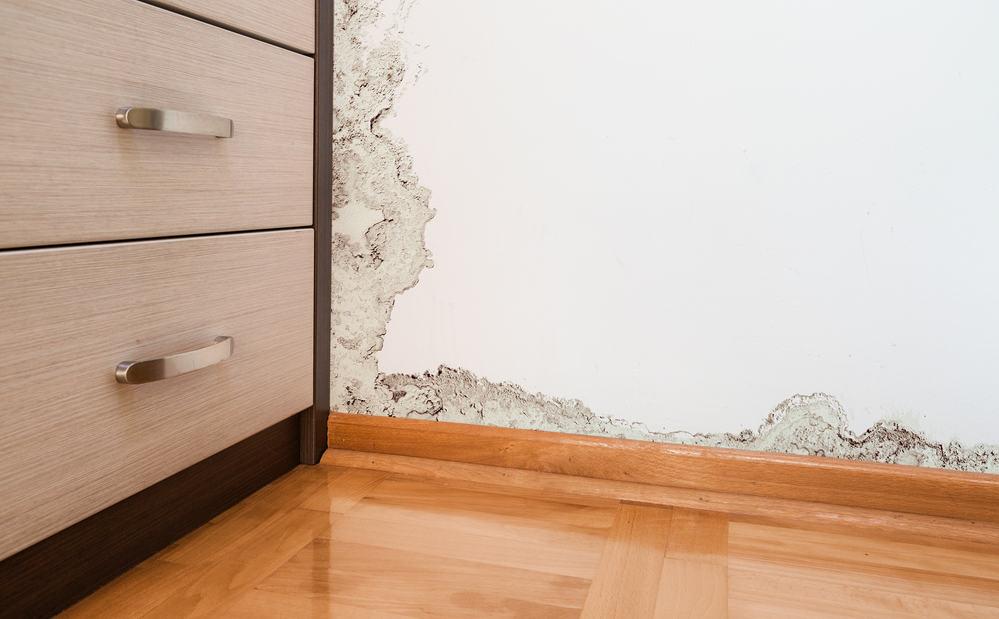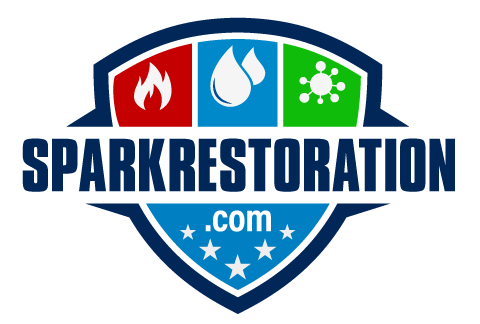Most of us aren’t aware that molds exist in our homes. Likewise, we never notice that mold is already growing on our valuable property. Additionally, mold growth also causes some possible illnesses we are unaware of. Mold can be avoided by keeping your home’s rooms dry and clean, such as the bathroom, but can still grow in unwelcome places despite your best efforts.

Mold grows and hides in some unexpected area in our house. To avoid future problems, keep in mind all these hidden areas where mold can rapidly grow.
1. Toothbrush Container
A toothbrush that stores in any container may keep the Mold growing. The water drips from the toothbrush into the container, making it an excellent habitat for the organism. Keep the inside of your toothbrush holder clean and dry to keep mold from forming. While you’re at it, clean the soap dish from top to bottom.
2. Window Sills
A window sill is there to hold up the glass in the window. It makes it easy for mold to grow and spread through the homes. Because of condensation, window sills get wet. When the windows are left open for an extended time, they receive sufficient air to keep them cool during summer. Dirt that builds up in the furrows of the sills gives spores a lot of food, which helps them multiply rapidly.
3. Chimneys
Water, mud, and other organisms gather in brick walls’ pores can damage the rusted chimney. In addition, the tops and poor flashing allow rain and snow to enter the home, allowing mold to flourish. Unfortunately, property owners don’t pay much attention to the chimney’s brick walls and their composition and structure.
4. Drip Pans for Refrigerators
The moisture and spilled food concentrate in one location, producing an excellent setting for mold to develop. In addition, mold spores thrive in this setting, and it is a rare area that every household notices.
5. Air Conditioning Units
Condensation is the primary source of mold in this unit. Furthermore, the air that AC units draw in from the outdoors contains dirt and pollen, favorable to mold. Mold spores are likely to be present in machines that have been idle for a long time.
6. Carpet Pads
It is effortless for moisture from wet crawl spaces or concrete floors to penetrate the carpet pad and eventually into your carpet. Therefore, mold growth is most likely underway if your carpet begins to smell weird or seems to be damp.
7. Dish Rack
When you stack dishes that are a little damp and a little cruddy, mold is ideal for developing, and household owners don’t notice – even more so if the containers don’t use daily. Mold would likely be active and increase in this spot.
8. Air Ducts
Mold development in your HVAC system can cause substantial damage to the system and poor indoor air quality. It is due to the system running, as mold spores are dispersed into the breathing air while the system is running. It may lead to serious mold problems.
9. Wall Cavities
Moisture can get into wall cavities in many different ways, such as condensation, leaks, burst pipes, and more. People who live in homes with many wall holes are more likely to have hidden mold because they are dark and wet. As soon as mold grows in the spaces between your walls, it can spread and damage before you know it.
10. Washing Machines
When you run a load of laundry, moisture collects in the washer’s gasket, leading to mold growth and odd odors. Unfortunately, it is unnoticeable since homeowners don’t pay much attention to cleaning the machine after use.
11. Attics
It is the area where homeowners don’t make an effort to check and ensure that the place is free from any leak or moisture. Attics are an ideal setting for mold to develop because they are dark, moist, dirty, and poorly aired. Additionally, mold growth thrives on the dust and grime that accumulates there.
12. Mattress
Mold is capable of making its way into your mattress as well. An insufficient amount of airflow primarily causes it through the underside of a mattress. As moisture builds beneath a bed over time, you may find yourself sleeping on a potentially deadly hotbed for years at a period.
13. Furniture
When looking at antique furniture and other ancient artifacts, it is possible to discover mold. Be on the lookout for potentially dangerous mold growth on any antique wooden furniture, particularly wicker furniture.
The Bottom Line
Mold, even if you can’t see it, it doesn’t necessarily mean you’re not in danger. Additionally, mold in the environment is a considerably more severe threat than asbestos, lead paint, and others which impacts everyone significantly. Because it grows inside the drywall, we aren’t generally able to see it as it develops.
In the presence of water, popular building materials such as wood and drywall provide an ideal habitat for mold growth. And dangerous mold may multiply following the tiniest of damages. Moreover, constantly checking for mold evidence is a good idea. And the more prone you are to allergies or the more compromised your immune system, the more crucial it is to check periodically. Finally, call a professional right once if you have a mold problem. Make it a point not to have severe and further issues.
Reach Us!
To avoid damage and the effects on your family’s health, having a long-term plan can make a difference when mold starts to grow. Getting rid of it quickly and safely should be a top priority. In less than 72 hours, mold can spread all over your home and cause serious problems.
The mold remediation experts at Spark Restoration can assist you with your mold issues. We always have a ready supply of practical solutions at our hands. We are professionals at identifying and eliminating any mold present in your house or on your property. We can assist you in the city of Roseville, California. Reach us anytime, and we’re all be ready to help you.

